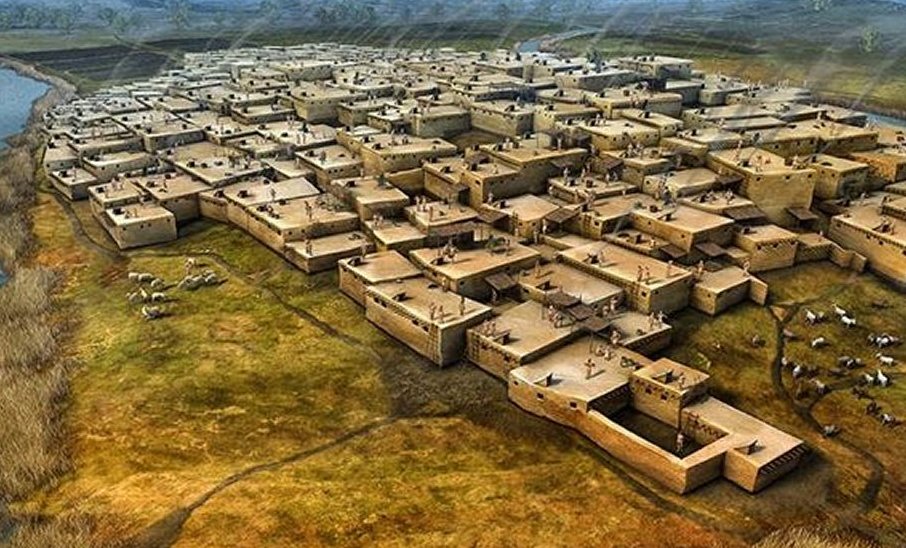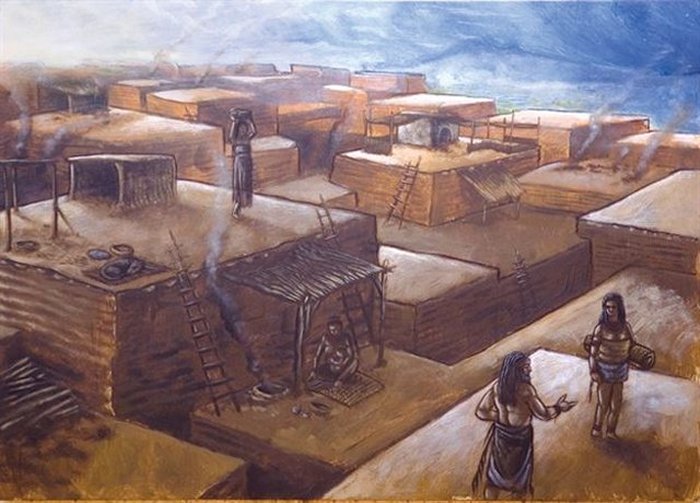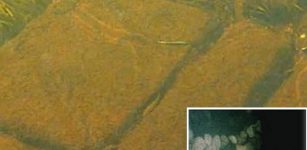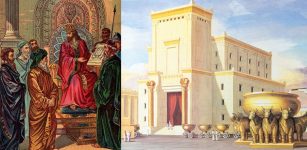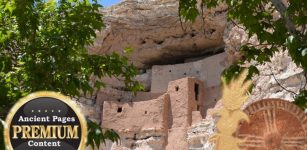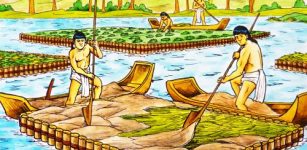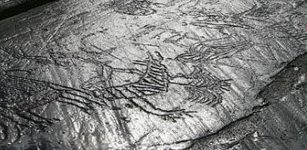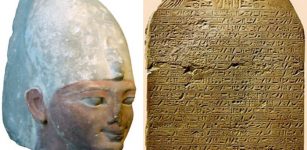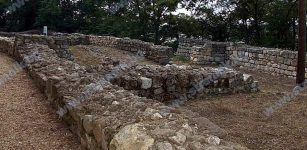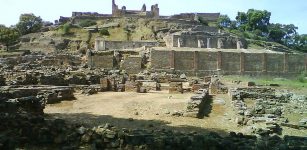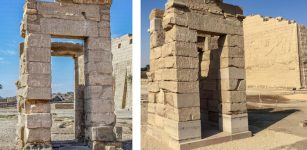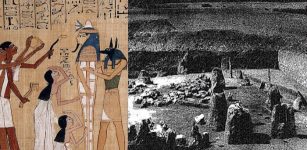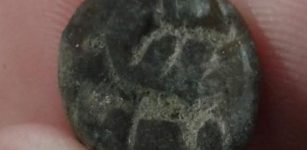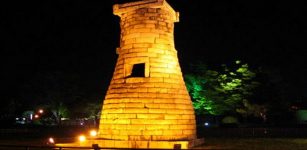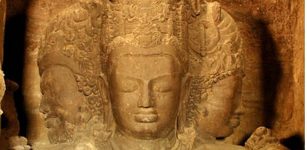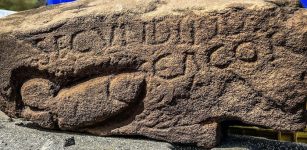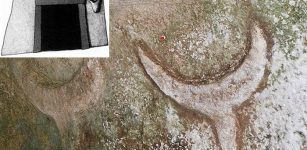Fascinating Neolithic Society Based On Equality – Catalhoyuk, Turkey
AncientPages.com - Over the last decade, an extensive research has been conducted at Catalhoyuk (Çatalhöyük), a Neolithic settlement in Turkey.
One of the most distinguishing features at Catalhoyuk was the nature of the houses: they had no doors to the outside and were clearly entered through ladders from the roof and the inhabitants buried their dead under the floors of their platforms.
Recent analysis of wall paintings, sculptures, and burials shows that Catalhoyuk was a place of relative gender equality,.
Stanford University Professor Ian Hodder, who led the excavations, said that women and men were eating very similar foods, lived similar lives and worked in similar works. The same social stature was given to both men and women. We have learned that men and women were equally approached.
People lived with the principle of equality in Çatalhöyük, especially considering the hierarchy that appeared in other settlements in the Middle East.
This makes Çatalhöyük different. There was no leader, government or administrative building; men and women were equal.
Catalhoyuk, which was first discovered in 1958 by James Mellaart, has a very long 9,000-year history and its large area represents the earliest example of settled life outside of the Middle East.
Many artifacts of daily life were uncovered at the site. Some were decorative such as exceptional flint 'daggers' with decorative bone handles (right) and clay or stone figurines (left), depicting human figures and animals.
Other utilitarian objects include obsidian, flint, pottery, worked bone and clay balls. Another distinguishing feature of Çatalhöyük was the nature of the houses: they had no doors to the outside and were clearly entered through ladders from the roof, and the inhabitants buried their dead under the floors of their platforms.
“It was always thought that the settled [life] was only in the Middle East, Iraq, Mesopotamia and Syria. But these excavations have revealed that farming and settled life existed in the Central Anatolia, too,” Hodder said.
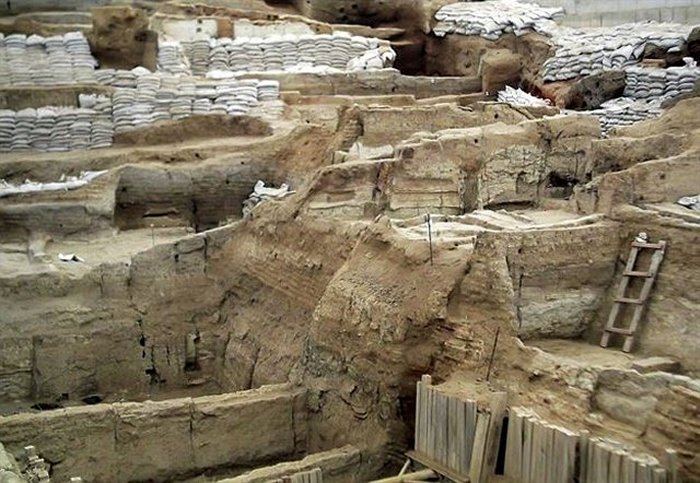
Many artifacts of daily life were uncovered at the site. Some were decorative such as exceptional flint 'daggers' with decorative bone handles (right) and clay or stone figurines (left), depicting human figures and animals.
The team has also made important discoveries about social structure through burials at the site and carefully studied the connections between wall paintings, sculptures and Catalhoyuk's tombs.
“We have also seen that people who were buried under houses were not biologically relatives or members of the same family. They lived as a family but their natural parents are not the same. Those who were born in Çatalhöyük did not live with their biological parents but with others,” Hodder said.
“We think that artworks were made to get in touch with the dead or to protect them,” Hodder said, stressing that Çatalhöyük’s artwork, like the many wall paintings discovered in houses, was very rich in terms of symbolism.
“Another reason why Çatalhöyük is very important is that all wall paintings and objects were protected very well. When you visit Çatalhöyük and go to these houses, you can see both people and belongings of these people. It gives you the impression that your ancestors are still living with you.”
Hodder said one of the major remaining goals for his team is to address the question of how the settlement Çatalhöyük first began. “We don’t have any idea about the first houses, which were found in the deepest layer. We want to learn why people came together and formed Çatalhöyük,” he said.
The works will be finished in 2018.
AncientPages.com
Expand for references
